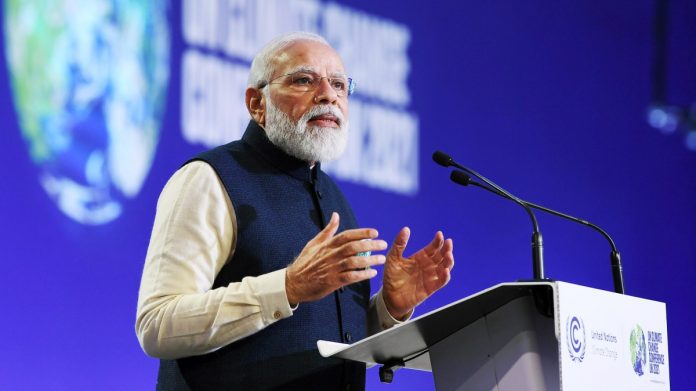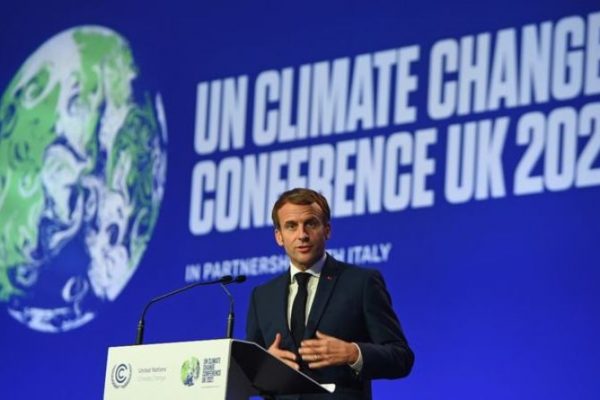A t the Glasgow summit, Prime Minister Narendra Modi pledged that India had set a net-zero target. Net-zero, or converting carbon-neutral, indicates not appending to glasshouse gases in character. China advertised it had invented carbon neutrality by 2060, while the US and EU aim to hit net zero by 2050. The Indian leader is one of more than 120 leaders gathered in Glasgow for the two-week conference. On Monday, dozens gave communications laying out intentions to tackle the climate crisis, including UK Prime Minister Boris Johnson, US President Joe Biden, and UN Secretary-General António Guterres. India’s Prime Minister Narendra Modi used most of his time in front of his fellow world leaders to underline the need for lifestyle changes as the most excellent solution to climate change. Detailing what he termed were India’s “five elixirs” for climate, Prime Minister of India Mr. Modi announced that his country would adopt a net-zero emissions target – by 2070. This is quite a significant step for the world’s third-largest emitter, still getting more than 50% of the country’s electricity from coal.
It has to be tempered by the fact that the date is far past the mid-century goal for carbon neutrality that scientists say is necessary to avert the most dangerous levels of warming. But there has been a general welcome for the purpose. Mr. Modi’s address came after a strongly worded speech from UN Secretary-General António Guterres. Demanding that people stop “treating nature like a toilet,” he sharply criticized the continued use of fossil fuels, saying, “we are digging our own graves.” UK Prime Minister Boris Johnson said future generations “will judge us with bitterness” if they failed at the conference, while US President Joe Biden said that “none of us can escape the worst of what’s yet to come if we fail to seize this moment.”
India commitments summary by Prime Minister Modi
Net-zero by 2070
Montek Singh Ahluwalia did a paper, then vice-chairperson of the now-dissolved Planning Commission, released in October 2021, says India’s emissions can peak around 2035 and then move towards net zero sometime between 2065 and 2070. the Council for Energy, Environment, and Water (CEEW) says India will have to tower by 2040 to reach net-zero by 2070. To achieve net-zero, the share of electric cars and the contribution of biofuels for heavier vehicles will have to be 84% by 2070, the CREW said, adding that the majority section of industry will have to shift to cleaner biofuels or hydrogen. The number of greenhouse gases emitted, and the quantity removed from the air. A country is said to have reached net zero when the amount of greenhouse gases it adds to the atmosphere equals the amount it manages to remove from the air – cancelling each other out.
500GW of non-fossil fuels by 2030
This aim is more straightforward than done, even though India has prepared a road map for having installed capacity to generate 450GW by 2030. India will produce half of its energy from renewables, which Prime Minister Narendra Modi promised at the COP26 summit by 2030. The CSE said that the target is achievable if India stops investing in coal.
Reducing carbon intensity by 45%
According to the CSE, India has achieved a 25% emission intensity reduction of its GDP between 2005 and 2016 and will reach more than 40% by 2030. Achieving 45% won’t be difficult considering India would be meeting half of its energy demand from cleaner technologies by 2030, and there is a broad hydrogen road map for the country to adopt over the next ten years.
Reducing carbon intensity by 45%
According to the CSE, India has achieved a 25% emission intensity reduction of its GDP between 2005 and 2016 and will reach more than 40% by 2030. Achieving 45% won’t be difficult considering India would be meeting half of its energy demand from cleaner technologies by 2030, and there is a broad hydrogen road map for the country to adopt over the next ten years.



